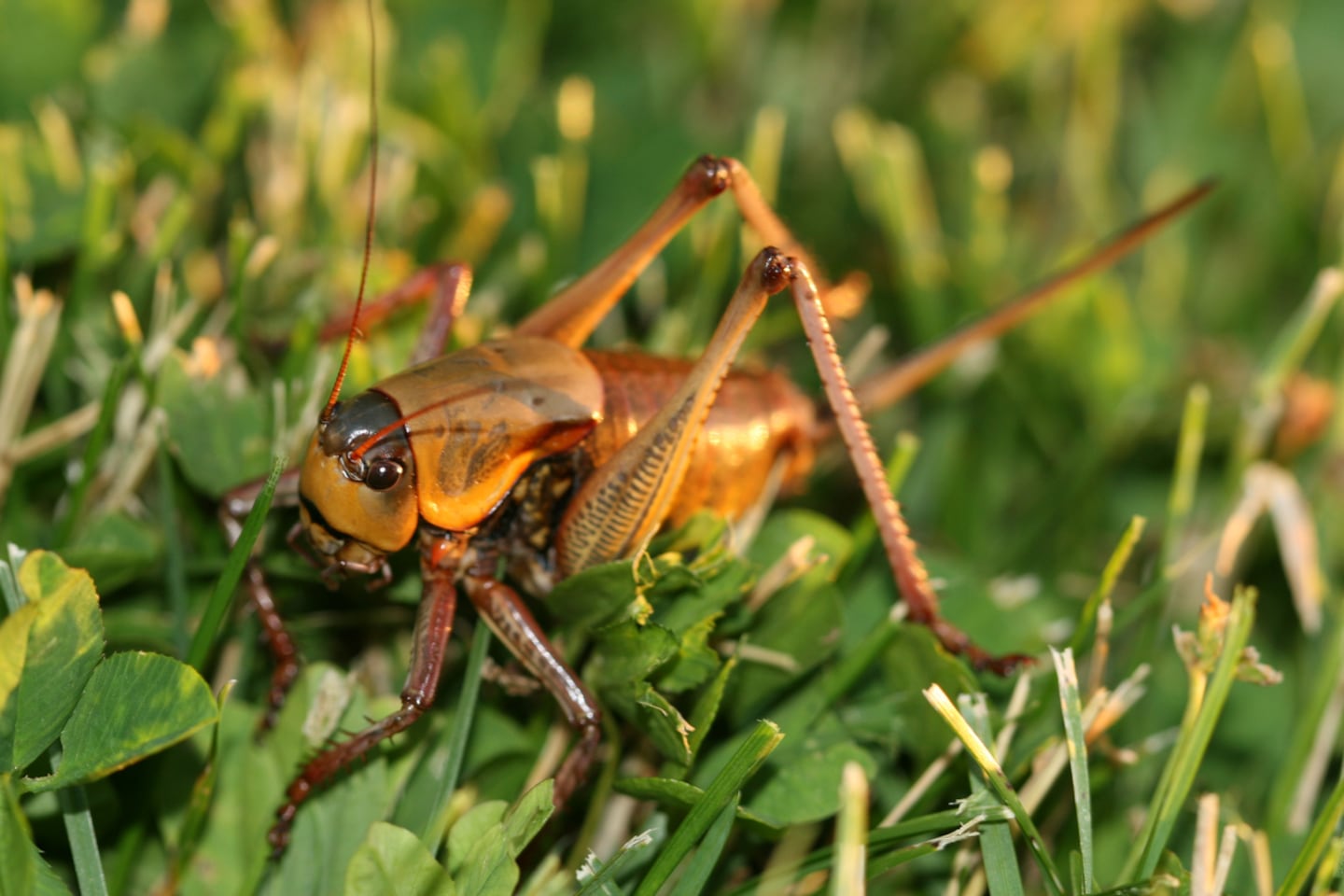For people who are squeamish around crawling things, 2023 may not be your year.
Different regions of the U.S. are dealing with various infestations that could make people with the strongest constitutions a bit uncomfortable.
Giant African snails
Parts of Broward County, Florida, were under quarantine after the state said that Giant African Snails have been seen in the area.
Giant is not an overstatement. The snails are up to eight inches long and weigh 2.2 pounds, The Washington Post reported. They have a brown, striped shell.
They are from East Africa and are nonmigratory so they’ve come to the U.S. either through cargo or illegally imported as either a pet or food, the newspaper reported.
The Florida Department of Agriculture and Consumer Services announced the measures on Tuesday after the snails were found earlier this month in Miramar.
The quarantine order does not prohibit people from leaving their homes, The Washington Post reported. What it does do is make it illegal to move the giant African land snails or plants, including soil, compost and yard waste, in or out of the area without approval from the state, CNN reported.
It is also illegal to move the snails even within the quarantine zone, USA Today reported.
This isn’t the first time a community in Florida has been placed under quarantine because of the snails. New Port Richey in Pasco County was under the same rules last year.
They were first found in the U.S. in the 1960s and it cost $1 million over 10 years to eradicate them. They came back in 2011 and it has nearly $23 million to rid the Miami-Dade County area of the snails over a 10-year period, WUSF reported. That effort was completed last year.
Giant African land snails can eat 500 different types of plants. But they don’t stop at plants, they can also eat through stucco, plastic recycling bins and signs, according to CNN. Their shells can puncture car tires if the mollusks get run over.
But they don’t just cause damage to plants or items, they can be dangerous to people too. They carry the rat lungworm parasite that can cause meningitis in humans.
The agriculture department will use a pesticide — metaldehyde, or “snail bait” — on crops and residential areas. The chemicals don’t allow the snails to produce mucus and will lead them to dehydrate and have issues moving and digesting. They will eventually die within days, USA Today reported.
Mormon crickets
While Florida deals with slimy giant snails, Nevada has a different infestation — millions of Mormon crickets.
The bugs recently hatched and are migrating in the Elko, Nevada, area, which is about 300 miles northeast of Reno.
The Mormon cricket is technically not a cricket at all. Instead, it is a shield-backed katydid. They are flightless but swarm in groups that can be 5 acres to hundreds of acres, The Associated Press reported.
The katydids are about two inches long and are “plump,” The Washington Post reported. Luckily they don’t bite.
There are so many that people are using brooms, leaf blowers, pressure washers and even snow plows to move the bugs with them returning a short time afterward.
Chemicals don’t work to kill them. The only thing that really stops them is a smooth surface that they can’t climb. Otherwise, they will enter homes, and even bags or a person’s hair if they have the chance, the newspaper reported.
Not only are the Mormon crickets creepy, but they’re also dangerous.
The insects are everywhere, covering highways and when they’re crunched under the tires of the vehicles on the road, they’re leaving behind sticky but slippery red goo and a smell so bad that some say it smells like burning flesh, the AP reported.
They’re also cannibals, eating the dead, and creating more dead insects on the highways.
Jeremiah Moore said his car slid off the road after hitting what was similar to an oil slick but was in reality bug guts.
“I ... was coming home and as I came around the corner, I came around a little too fast and I about ended up in the ditch full of water,” Moore told the AP. “It was pretty intense.”
Mormon crickets are native to the Great Basin and Intermountain West and got their name, according to legend, from when they ate all the crops planted by Mormon settlers who moved to the Salt Lake area of Utah.
The crickets are said to have inspired the state bird of Utah as seagulls came in and ate the insects.
The insects will be around until at least mid-August when they will die after mating. The males shortly after, the females after they lay their eggs, the AP reported.









